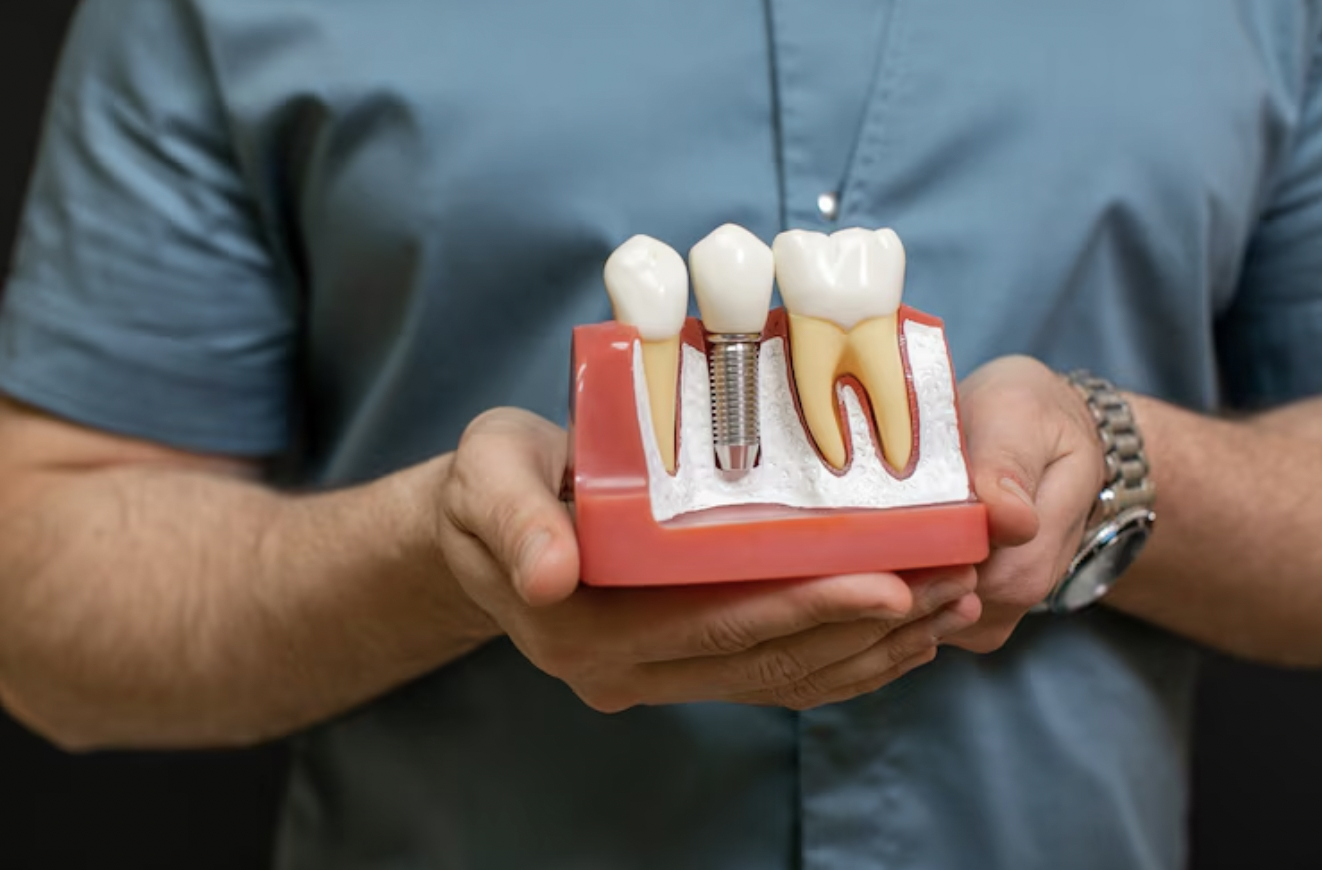
Retirement comes with new freedoms and a new set of challenges. For many along the Jersey Shore, one of the most surprising obstacles is dental care. Even with decades of responsible health habits, many retirees are finding that necessary dental procedures are simply not affordable under Medicare or private insurance. With fixed incomes and rising costs, the math just doesn’t add up.
In response, more retirees are choosing a new path: they're combining necessary dental procedures with short-term travel to places like Cancun, where care is affordable, transparent, and often completed in just a few coordinated visits. This isn’t medical tourism for the sake of novelty. It’s practical, budget-conscious planning by people who want to take care of their health without draining their savings.
Across the U.S., and especially in communities like Sea Isle City, retirees face a hard reality. Most dental procedures, including implants and dentures, are not covered by Medicare. Supplemental insurance may help, but even then, coverage for complex procedures is often partial or non-existent.
One of the most sought-after solutions for seniors dealing with severe tooth loss or failing dentures is all-on-4 dental implants. This procedure can transform a person’s quality of life, providing fixed, functional teeth supported by four implants per arch. But in the U.S., the procedure typically costs between $25,000 and $35,000 per arch. For many, that’s more than a year’s worth of retirement income.
Without access to realistic payment plans or clear dental prices, many patients delay care. Over time, this leads to worsening oral health, reduced confidence, and higher risks for related medical conditions.
Cancun is gaining attention not just as a vacation destination, but as a reliable place for medical and dental care. Clinics there have been quietly building a reputation for offering comprehensive treatment at significantly lower prices, particularly for patients from the U.S. and Canada.
Why Cancun? For many retirees, it comes down to three factors: cost, convenience, and climate. There are frequent direct flights from the East Coast, clinics often offer English-speaking staff and bundled service packages, and the overall experience is more relaxing than a hospital visit.
Retired travelers can schedule a dental procedure in the morning, then recover in a quiet, sunny environment rather than in a waiting room back home. For those already used to spending part of the year in warmer climates, this integration of health and travel feels like a natural fit.
All-on-4 dental implants are at the center of this shift. The procedure involves placing four dental implants in the jaw and attaching a full arch of fixed prosthetic teeth. It’s more stable than dentures and often less invasive than traditional implant methods.
Clinics in Cancun have optimized their workflows to serve international patients seeking all-on-4 dental implants. Treatment plans are developed before travel, digital scans and consultations are completed on arrival, and temporary prosthetics are placed quickly. Permanent restorations are typically completed during a second visit.
The appeal of this structure lies not only in the time savings, but in the clarity. Patients know what they’re getting, when they’re getting it, and what it will cost.
Let’s talk numbers. In the U.S., all-on-4 implants can cost over $50,000 for both arches, not including imaging, extractions, or follow-up care. By contrast, Cancun clinics often advertise bundled packages starting around $10,000 to $15,000 per arch. These typically include everything from imaging to surgery and even hotel or transport assistance.
For many retirees, even after factoring in airfare and accommodations, the savings are significant. When dental prices at home are simply not feasible, a well-researched international option can make treatment possible.
What makes the choice even more attractive is the transparency. Cancun clinics tend to list their prices online, and provide virtual consultations where patients can ask questions and review treatment plans before committing to anything.
This is not about taking risks. It’s about expanding options. Retired patients are more proactive and informed than ever before. They join forums, ask about materials, look up provider credentials, and compare post-treatment care protocols. Many are comfortable navigating a plan that involves travel, especially if it means getting the care they need.
For those already dealing with dentures, chewing problems, or oral discomfort, traveling for care is not a leap of faith. It’s a way to regain quality of life. And yes, if that treatment can happen in a sunny, relaxing place like Cancun, all the better.
These aren’t solo travelers looking for adventure. Many travel with spouses or adult children, and build in extra days to rest or enjoy the local culture. It’s less like medical tourism and more like purposeful travel, anchored by a treatment that supports long-term well-being.
Nobody expects to need major dental surgery in retirement. But for many, the need is real and the cost is intimidating. Places like Cancun are not just offering lower dental prices, they’re offering clarity, planning, and a structure that puts patients at ease.
More and more retirees from coastal communities like Sea Isle are learning that they’re not alone. They’re part of a growing group of patients who are taking control of their care by thinking globally.
By planning carefully, asking the right questions, and partnering with experienced providers, they are proving that retirement doesn’t mean compromise. It means finding new ways to stay healthy — and sometimes, those ways lead you south.